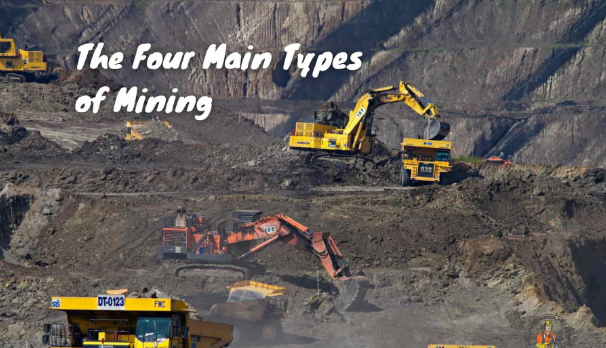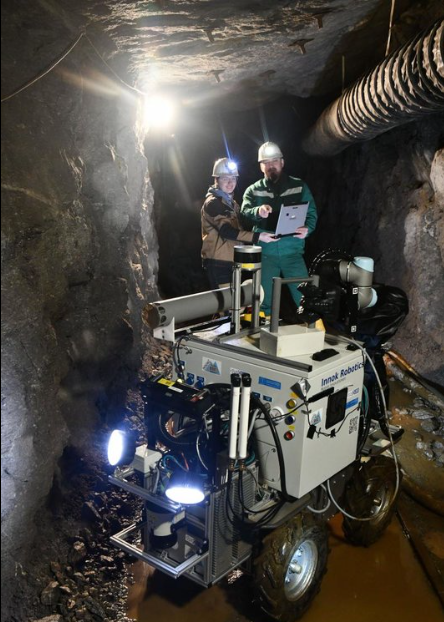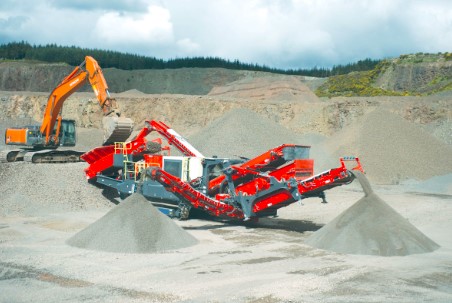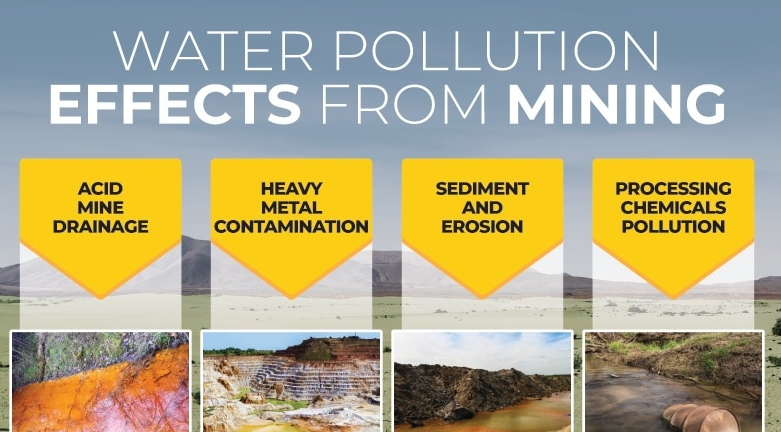Mining is a cornerstone of human civilization, providing the resources essential for our daily lives. While it may seem like a simple concept, mining encompasses a diverse array of techniques and methods, each tailored to extract specific treasures from the Earth’s crust. In this article, we’ll delve into the four primary types of mining. Therefore, exploring how they contribute to our modern world.
Surface Mining: Uncovering the Earth’s Skin
Surface mining is the most common and straightforward method of extracting minerals and ores from the Earth’s surface. This method involves removing the overlying rock or soil to access the desired resource beneath. The sheer simplicity of surface mining makes it highly efficient for extracting shallow deposits of valuable materials.
To begin with, Firstly, surface miners use bulldozers, excavators, and other heavy machinery to remove the topsoil and vegetation, exposing the mineral-rich layers underneath. Additionally, this technique is ideal for open-pit mines, where minerals like coal, limestone, and copper are often found near the surface. Furthermore, it’s a cost-effective approach, making it a preferred choice for many mining operations.
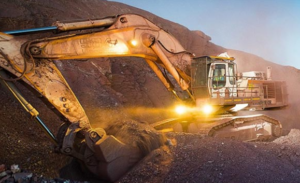
Underground Mining: Delving into Earth’s Depths
While surface mining is suitable for shallow deposits. Underground mining is the go-to method for extracting resources buried deep within the Earth. This method is essential for minerals like gold, silver, and diamonds, which can be found at considerable depths below the surface.
In contrast, underground mining involves creating tunnels and shafts to access mineral deposits located deep underground. Moreover, it requires specialized equipment, such as drilling rigs and tunneling machines, to navigate through the Earth’s crust. Furthermore, this method prioritizes worker safety, as miners are shielded from surface hazards like collapsing walls and extreme weather conditions.
Placer Mining: Nature’s Treasure Hunt
Placer mining is a unique form of mining that relies on nature’s forces to separate valuable minerals from sediment. To illustrate, this technique is commonly used to extract alluvial gold and precious gemstones like diamonds and sapphires. Consequently, placer mining is akin to a treasure hunt, as miners search for valuable nuggets and gems in riverbeds and alluvial deposits.
As a result, placer miners utilize pans, sluice boxes, and high-pressure water jets to wash away the lighter sediment and reveal the heavier, valuable materials hidden beneath. Additionally, this method is environmentally friendly, as it minimizes the ecological impact compared to other mining techniques. Furthermore, it offers a unique connection to nature, as miners must rely on their intuition and knowledge of geology to locate valuable deposits.
Mountaintop Removal Mining: Altering Landscapes for Resources
Mountaintop removal mining is a controversial method that involves literally removing the tops of mountains to access coal seams beneath. This process dramatically alters landscapes and ecosystems, making it a topic of heated debate between environmentalists and the mining industry.
On one hand, this method increases the efficiency of coal extraction, as it exposes large coal reserves and eliminates the need for deep underground mining. On the other hand, it has severe environmental consequences, including habitat destruction, water pollution, and long-term ecological damage. In addition, mountaintop removal mining raises ethical questions about balancing resource extraction with environmental preservation.
Conclusion
In conclusion, mining plays a vital role in providing the raw materials necessary for modern life. Each of the four primary types of mining—surface mining, underground mining, placer mining, and mountaintop removal mining—offers a unique approach to extracting valuable resources from the Earth. To summarize, surface mining simplifies access to shallow deposits, while underground mining conquers the Earth’s depths. Placer mining provides a nature-driven treasure hunt, and mountaintop removal mining, though contentious, enhances coal extraction efficiency.
Mining, however, comes with its own set of challenges, including environmental concerns, safety issues, and ethical dilemmas. As we continue to rely on the Earth’s resources, it is crucial to strike a balance between satisfying our needs and safeguarding our planet’s well-being.







